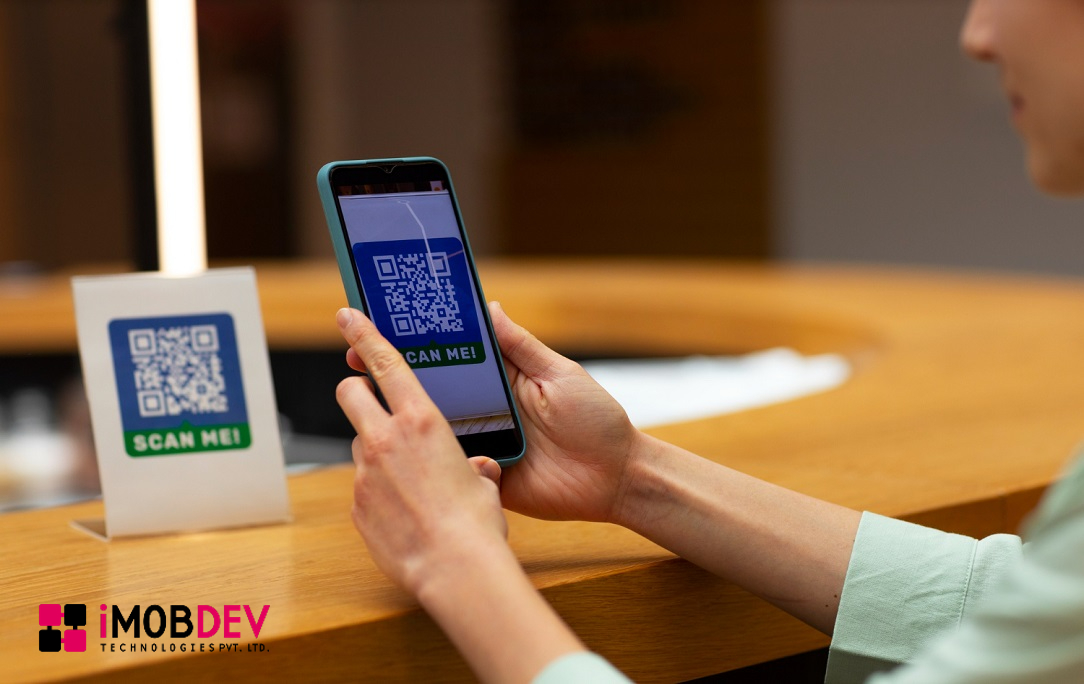Mobile phones were formerly incredibly important, but in today’s tech age, everyone owns one. From the days when phones were brand-new and incredible, we’ve gone a long way. These days, even young children can readily explain how they operate. The idea of conducting transactions using our phones instead of cash has gained popularity as a result of our phones becoming such an integral part of our lives.
Many Americans already prefer to use mobile wallets when they shop online, according to Statista. It is anticipated that GooglePay and ApplePay will lead the way in mobile payments in the future. Between 2022 and 2026, there will be a projected nine million more Apple Pay customers.
This transition includes the use of digital wallets, which make cashless payments simple. It’s a great idea to develop a digital wallet app similar to Google Pay in 2024. The purpose of this guide is to assist you in creating a Digital Wallet App. It will provide you with hints, techniques, and the newest fashions to help companies design stylish and user-friendly applications for a post-cash world.
What is A digital wallet?
A digital wallet is essentially a software application that functions similarly to your physical wallet but virtually. You only need your smartphone with a downloaded digital wallet app, which eliminates the need to carry about your physical wallet or type in your card information. Whether you’re purchasing online, in person, or somewhere else where you need to send money, this speeds up and simplifies transactions.
All you need to do to use a digital wallet is download the software on your smartphone, then input your debit or credit card information. The software stores this information as a token and a cryptogram, which serves as your device’s virtual ID. Tokens and cryptograms are used to verify your identity when you wish to transmit money or make a purchase through the app. It’s a practical method of handling your transactions without requiring a tangible wallet.
Key Stats
In 2021, mobile payment revenue hit an incredible $1.7 trillion, and by 2025, it’s predicted to soar to $2.5 trillion. Over this time, 10.2 million new G-Pay app users are expected to sign up in the US. There are currently 92.3 million users in the USA who use proximity mobile payments.
In the context of North American e-commerce, mobile wallet payments make up three percent of total transaction volume. With 416 million users globally, PayPal is a popular mobile wallet program that has more users than Google Pay.
Apple Pay, one of the most downloaded mobile payment apps in the US, demonstrates how swiftly the market is evolving and how commonplace mobile payment options are.
Benefits of Investing in the Development of E-Wallet Apps
Convenience for Users:
The development of e-wallet apps offers users a level of ease never before possible. With just a few easy taps, users of cell phones equipped with digital wallets can make purchases, make online purchases, and pay their bills. The payment procedure is streamlined and made quick and easy by doing away with real currency and credit cards.
Enhanced Security Measures:
E-wallets prioritize security, utilizing advanced encryption techniques and secure authentication methods. By doing this, users’ financial information is protected from any risks. Furthermore, technologies like tokenization and biometric authentication give financial transactions an additional degree of security.
Efficient Transaction Processing:
E-wallets make transaction processing quicker and more effective. The time spent on conventional banking procedures is decreased because users can transfer money or make payments in real time. Businesses especially benefit from this speed since it increases overall operational efficiency.
Encouraging Cashless Transactions:
The global trend toward cashless transactions aligns with the development of e-wallet applications. Businesses can benefit from the shift in consumer payment habits as more people use digital payment methods by providing an e-wallet option. This boosts the digital economy and draws in more customers.
A Digital Wallet Development Company can assist you with e-wallet software creation and offer a number of advantages such as enhanced security, simpler transactions, promotion of cashless transactions, and the utilization of data analytics for specialized services.
Create a digital wallet app
Creating a digital wallet app involves several key steps:
Discovery Phase:
Engage a mobile app development firm to establish the project’s scope, validate the feasibility of the business idea, and evaluate its technological needs.
Design Phase:
Integrate elements like buttons, icons, and logos to create an interface that is both aesthetically beautiful and easy to use. This process forms the foundation of the design blueprint.
Development and Testing:
To make sure the program functions as intended, implement technological stacks, set up continuous integration/continuous deployment (CI/CD), and thoroughly test its functioning.
App Launch:
Host the mobile wallet app on platforms like Google Play and Apple Store to make it available for download by users.
Maintenance and Support:
Ongoing processes include keeping the app updated, resolving errors or bugs post-launch, and ensuring continued high performance with support from the development company.
Developing an App for a Digital Wallet: The Cost
The cost of developing a digital wallet app is influenced by various factors, including the mobile platform, features, development stages, location of developers, hosting, business model, and more. Talking about the project plan and essential features with your selected Android development company will help you obtain an accurate quote.
Typically, the setup costs for an Android digital wallet fall between $20,000 and $50,000. However, choosing iOS and working with a mobile wallet software development business may result in cost savings of between $30,000 and $60,000. However, the precise cost hinges on the particular features and functionalities you intend to incorporate into your application; the provided figures are approximate estimates.
Conclusion:
In conclusion, embarking on the journey of developing a digital wallet app akin to Google Pay in 2024 demands a strategic approach. This guide has highlighted key phases, from discovery to ongoing maintenance, essential for success. To navigate this path effectively, partnering with a seasoned App Development Company is crucial. Their expertise ensures that the app not only meets current standards but is also poised for the future. The collaboration promises a seamless and innovative solution, placing businesses at the forefront of the dynamic digital payment landscape.











